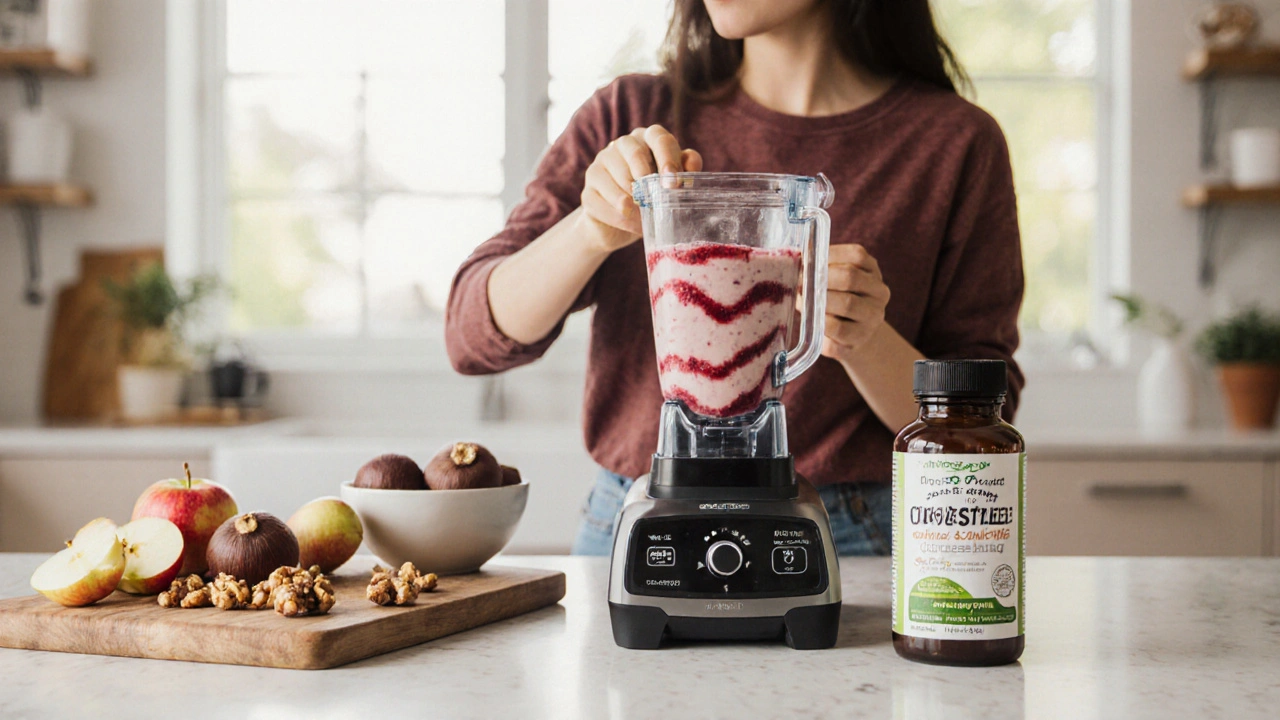Health Resources: Easy Guides on Common Medications
Welcome to the Health hub at SES-CAB. Here you’ll find short, straight‑forward articles that help you make sense of everyday drug questions. Whether you’re worried about mixing over‑the‑counter pain relievers with other meds, curious about the price of a skin‑infection cream, or need a quick rundown on how an anti‑parasitic works, we’ve got you covered.
All the information is based on up‑to‑date research and written in plain language. No jargon, no fluff—just practical tips you can use right now.
Acetaminophen: What You Need to Know About Interactions
Acetaminophen (also called Tylenol) is probably the most common pain reliever on the shelf. That also means it often shows up in combination with other drugs or alcohol, and many people aren’t sure what’s safe. The key rule is simple: keep the total daily dose under 4,000 mg for adults and be mindful of hidden acetaminophen in cold‑relief combos.
If you’re on blood thinners like warfarin, even a standard dose can increase bleeding risk. Talk to your doctor before mixing them. Alcohol adds extra strain on the liver, so limit drinks if you’re taking acetaminophen regularly. If you ever notice nausea, dark urine, or yellow‑tinged skin, stop taking it and call a healthcare professional—those could be early signs of liver stress.
When you’re uncertain about a new prescription or supplement, just ask the pharmacist if it contains acetaminophen. A quick check can prevent accidental overdose.
Mupirocin and Albendazole: Cost, Use, and How They Work
Mupirocin is a topical antibiotic often prescribed for impetigo or mild skin infections. In 2025 the price varies: in the UK it hovers around £12‑£20 for a small tube, while in the US you might see $15‑$30 depending on insurance. If cost is a barrier, ask your doctor about generic versions or pharmacy discount programs. The medicine works by stopping bacterial protein synthesis, which means the germs can’t grow or spread.
Albendazole, on the other hand, targets parasites like tapeworms and roundworms. It binds to the parasite’s beta‑tubulin, disrupting microtubule formation and starving the creature of energy. The drug is absorbed well when taken with food, but high‑fat meals can boost its levels, so follow the dosing instructions carefully. Resistance is rare but has been reported in some regions, so a proper diagnosis before treatment is essential.
Both drugs are generally safe when used as directed, but they have side effects. Mupirocin may cause mild skin irritation; albendazole can lead to headache or abdominal discomfort. If you notice severe reactions, stop the medication and seek medical advice.
These three articles are just a taste of what’s available in the Health category. We update them regularly with the latest guidelines, so you always get current, evidence‑based advice. Keep browsing, ask questions, and stay informed about the medicines you use every day.
Acetaminophen Interactions: Medications, Alcohol, and Safety Tips
- Cheryl Moran
- September 15, 2025
- 12 Comments
Worried about mixing acetaminophen with other meds or alcohol? This guide shows what to avoid, how to add up doses, and when to call your doctor.
read moreMupirocin Cost in 2025: Is It Worth the Price for Skin Infection Treatment?
- Cheryl Moran
- September 8, 2025
- 19 Comments
What does mupirocin really cost in 2025, and when is it worth it? UK-focused, with US ranges, evidence, alternatives, and money-saving steps for skin infections.
read moreAlbendazole Mechanism of Action Explained: How It Kills Parasites and Stays Safe for Humans
- Cheryl Moran
- September 5, 2025
- 8 Comments
Clear, practical explainer on how albendazole works: microtubule disruption, energy starvation, selectivity, resistance, food effects, and real-world tips for 2025.
read moreUltimate Guide to the Health Benefits of American Chestnut Supplements
- Cheryl Moran
- August 27, 2025
- 11 Comments
Discover how American chestnut supplements boost immunity, heart health, and gut function, plus tips on choosing quality products, dosing, and tasty recipes.
read more


